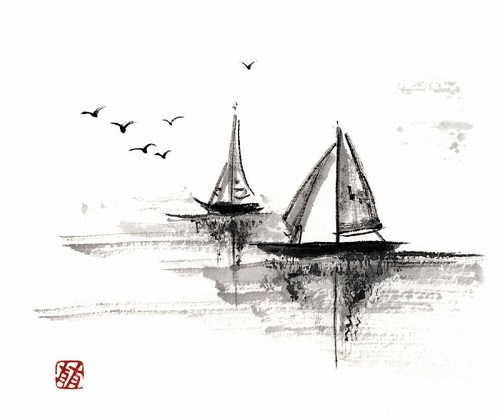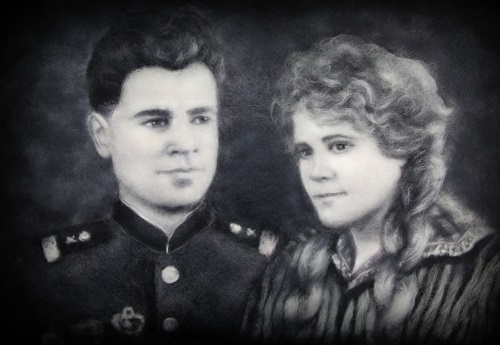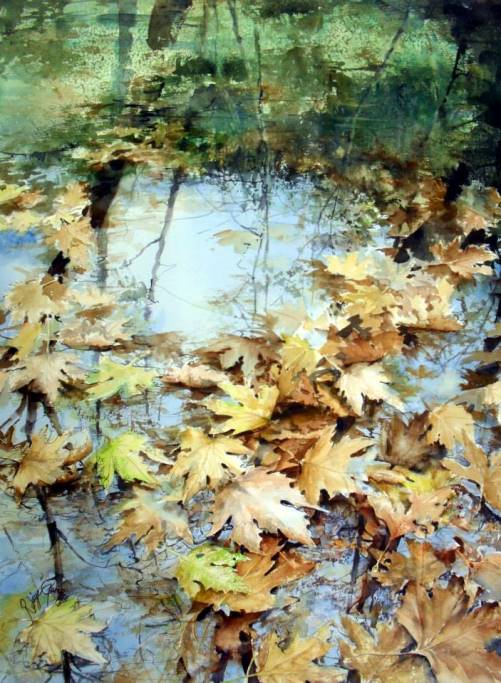Vladimir Pronin decorative neo symbolism
Vladimir Pronin decorative neo symbolism
Born in 1955 in a Moscow suburb, Russian artist Vladimir Pronin graduated from legendary Fedoskino Art School of miniature painting in 1974. Then, Vladimir entered The Moscow Textile Academy, Faculty of Applied Art, from which he successfully graduated in 1982.
The painting style of Russian artist Vladimir Pronin can be determined as decorative neo symbolism. Indeed, in the modern art it’s very doubtful to find works similar to his. Most of his colorful paintings consist of emblems or symbols painted in wonderful decorative style, called by his admirers “Pronin style”.
Vladimir Pronin began participating in group and solo art exhibitions in 1991, in Moscow. Then followed a number of exhibitions in Russia and abroad.
More »






